Resources
About Us
North America NGS Market by Offering (Kits [Library Prep, QC, DNA Extraction], System) Type (Genome, Targeted) Application (Reproductive, Oncology, Infectious) Technology (SBS, Nanopore, SMRT Seq) — Forecast to 2032
Report ID: MRHC - 104924 Pages: 120 Jan-2025 Formats*: PDF Category: Healthcare Delivery: 24 to 72 Hours Download Free Sample ReportThe North America NGS Market is expected to reach $13.7 billion by 2032, at a CAGR of 16% from 2025–2032. The growth of the North America NGS market is mainly attributed to the rising prevalence of cancer, the increasing utilization of NGS in cancer research and treatment, the declining costs of sequencing procedures, advancements in sequencing technologies, the rising investments in pharmaceutical R&D, the increase in genome mapping programs, and the improvements in regulatory and reimbursement frameworks for NGS-based diagnostic tests. However, the high costs of NGS systems and consumables, the availability of alternative technologies, the low chances of identifying positive, actionable mutations for precision medicine, and ethical and legal issues related to NGS-based diagnosis restrain the growth of this market.
The increasing applications of NGS, the rising adoption of bioinformatics and genomic data management solutions, and government initiatives supporting large-scale genomic sequencing projects are expected to create growth opportunities for the players operating in the North America NGS market. However, the lack of skilled professionals and regulatory & standardization concerns in diagnostic testing are major challenges to market growth.
The increasing demand for NGS automation, the development of portable sequencing technologies, and increasing partnerships and collaborations among NGS instrument manufacturers to expand and improve product offerings are prominent trends in the North America next-generation sequencing market.
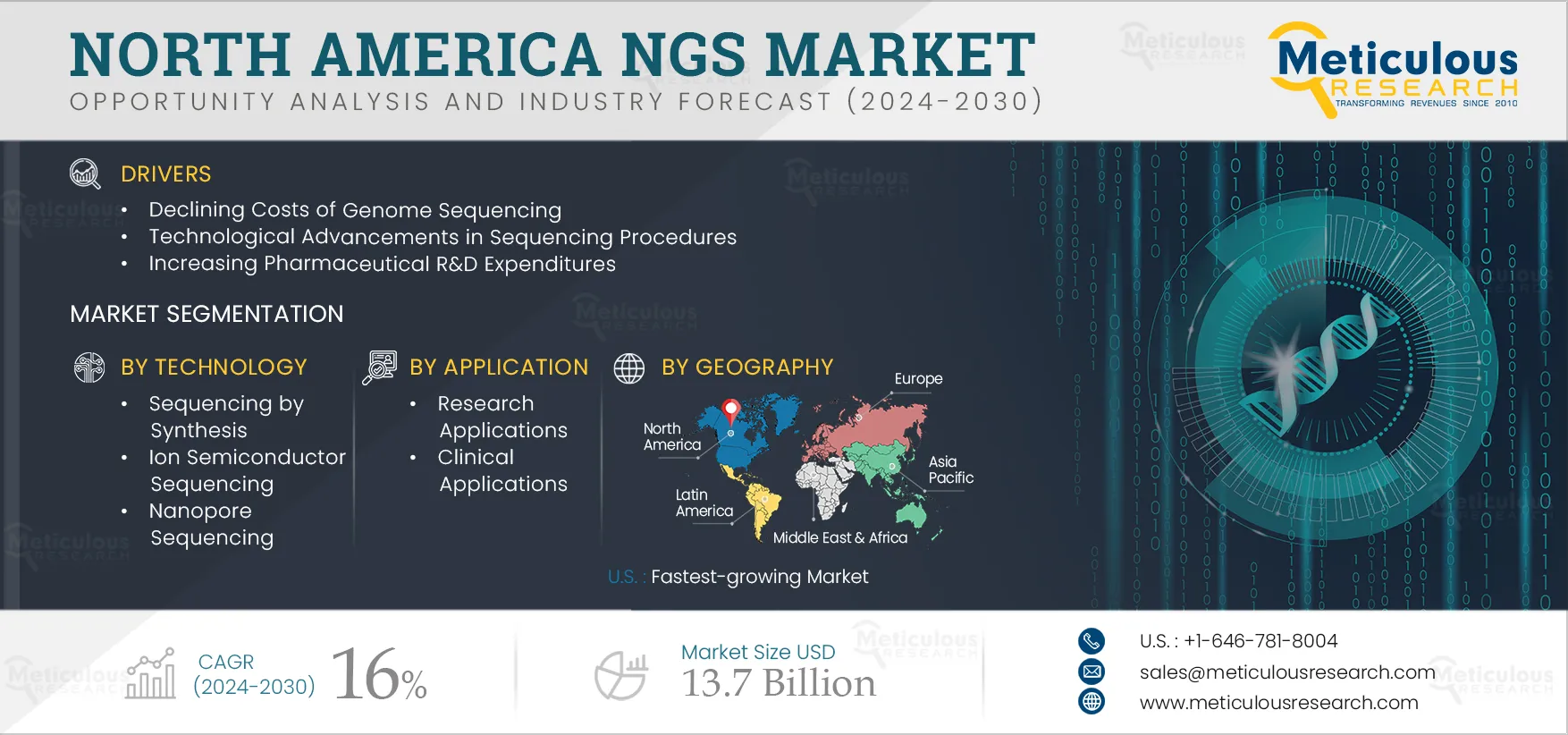
Click here to: Get Free Request Sample Copy of this report
With rapid advancements in NGS technology, key players in this market actively collaborate to transform patients‘ lives by providing appropriate genetic variation and function analysis and ultimately delivering personalized healthcare. Many of these collaborations aim to improve bioinformatics and enhance technological capabilities for developing innovative products and solutions.
Some of the recent collaborations and partnerships are as follows:
• In January 2025, QIAGEN N.V. (Netherlands) partnered with Helix OpCo, LLC (U.S.), a population genomics and viral surveillance company. This partnership will trigger the adoption of next-generation sequencing companion diagnostics in hereditary diseases.
• In March 2025, QIAGEN N.V. (Netherlands) partnered with SOPHiA GENETICS (U.S.) to combine Next Generation Sequencing (NGS) strengths. This partnership will give customers an advantage over high-quality QIAGEN NGS preparation kits.
• In November 2022, Illumina, Inc. (U.S.) partnered with Twist Bioscience (U.S.) to produce an Exome 2.0 Plus panel for disease research. Through this partnership, Illumina will offer the Exome 2.0 Plus panel with its DNA library preparation reagents packaged as a kit.
• In February 2022, Beckman Coulter, Inc. (U.S.) collaborated with Illumina, Inc. (U.S.) to develop new applications for the Biomek NGeniuS System. Illumina will develop applications specifically designed for the Biomek NGeniuS liquid handler.
• In November 2021, Beckman Coulter, Inc. (U.S.) collaborated with Integrated DNA Technologies, Inc. (U.S.) to develop new applications for the Biomek NGeniuS System. Integrated DNA Technologies aims to make its NGS solutions more accessible to a broader array of labs by automating its NGS solutions on the Biomek NGeniuS System.
• In September 2021, Beckman Coulter, Inc. (U.S.) collaborated with Invitae Corporation (U.S.) to develop new applications for the Biomek NGeniuS System.
• In June 2021, QIAGEN N.V. (Netherlands) collaborated with Verogen Inc. (U.S.) to accelerate the automation of NGS library prep kits and expand the Biomek NGenuiS liquid handler applications. Also, through this collaboration, both companies cooperate to commercialize a broad menu of forensically validated workflows for NGS by combining QIAGEN’s QIAseq products with Verogen’s library preparation products, expertise, and automation solutions.
• In February 2021, Thermo Fisher Scientific, Inc. (U.S.) partnered with SPT Labtech Ltd (U.K.). Through this partnership, SPT Labtech will co-market Thermo Fisher’s NGS library preparation products, further reducing Thermo Fisher’s material and reagent requirements for high throughput genome sequencing.
Thus, increasing collaborations among vendors are expected to accelerate the adoption of NGS technology in North America.
Development of Portable Sequencing Technologies Creating Significant Market Growth Opportunities
The capacity to sequence genes from any organism, enabling clinical and research insights, has revolutionized public health. In line with this trend, portable handheld sequencing devices are paving the path for future market expansion, rendering sequencing more affordable, streamlined, and rapid, while eliminating the necessity for extensive clinical laboratories.
Real-time sequencing has enabled researchers and medical professionals with instant sequencing data and prompt decision-making capabilities. Portable nanopore-based sequencers are designed to sequence the entire genome for less than USD 1,000. This device guides the DNA sequence through a pore within a compact protein, known as a nanopore, which is integrated into a membrane. As the DNA molecule traverses the nanopore, it links the template with the complementary strand via the adaptor. This interaction initiates an electric current, commonly recorded and visualized graphically.
Real-time sequencing is gradually finding applications in disease characterization, the food industry, and healthcare for contaminant detection and plant genome analysis in crop processing. For instance, Ginkgo Bioworks, a biotech company based in Boston, employed a MinION nanopore sequencing device to identify toxic contaminants in a culture. This swift detection enabled operators to remove the harmful components, effectively salvaging the culture. Additionally, Madagascar scientists utilized portable DNA sequencing technology to swiftly identify the bacteria causing tuberculosis (TB) and its drug resistance profile within the country.
Moreover, portable sequencing devices have demonstrated their utility in the early detection of viruses like Ebola and Zika. According to Cornell University (U.S.), portable sequencing presents several advantages compared to benchtop sequencers. These portable devices are cost-effective, mobile, convenient, and designed for seamless operation in the field. Additionally, they leverage biochemical principles, facilitating the real-time transmission of raw signals as soon as DNA molecules are detected.
Among the Offerings, in 2025, the Consumables Segment is Estimated to Account for the Largest Share of the Market in North America
The North America NGS market is segmented into consumables, NGS platforms/instruments, software, and services. In 2025, the consumables segment is expected to account for the largest share of the North America NGS market. The large market share of this segment is attributed to recurring demand for consumables and the rising adoption of NGS technology for clinical and research purposes.
The Targeted Genome Sequencing Segment is Estimated to Account for the Largest Share of the Market in North America
Based on sequencing type, the North America NGS market is segmented into targeted genome sequencing, whole genome sequencing, whole exome sequencing, and other sequencing types. In 2025, the targeted genome sequencing segment is expected to account for the largest share of the North America NGS market. The large market share of this segment is attributed to low sequencing costs compared to other sequencing technologies, higher sensitivity of the technique to call variants, and proven results in identifying primary immunodeficiencies and specific gene-associated diseases.
In 2025, the Sequencing by Synthesis Segment is Estimated to Account for the Largest Share of the Market in North America
Based on technology, the North America NGS market is segmented into sequencing by synthesis, ion semiconductor sequencing, single-molecule real-time sequencing (SMRT), nanopore sequencing, and DNA nanoball sequencing. In 2025, the sequencing by synthesis segment is expected to account for the largest share of the North America NGS market. The large market share of this segment is attributed to the high accuracy in delivering base-by-base sequencing offered by the sequencing by synthesis method. This approach minimizes sequence-specific errors, ensuring strong base calling across the entire genome, including repetitive sequences and homopolymers.
The Research and Other Applications Segment is Estimated to Account for the Largest Share of the Market in North America
Based on application, the research and other applications segment is estimated to account for the largest share of the North America NGS market. The large market share of this segment is attributed to the increasing utilization of NGS in diverse research fields such as oncology, agriculture, and other areas. Furthermore, the benefits of genetic research and testing facilitated by NGS technology and the rising cancer incidence contribute to this segment’s significant market share.
The Pharmaceutical & Biotechnology Companies Segment is Estimated to Account for the Largest Share of the North America NGS Market in 2025
The large share of this segment is primarily attributed to the increasing adoption of advanced technologies for research purposes and the increasing utilization of NGS for drug discovery.
U.S.: Fastest-growing Market in North America
The market in the U.S. is expected to register the highest CAGR during the forecast period. The market growth in the U.S. is attributed to factors such as the growing demand for NGS-based diagnosis, the increasing demand for NGS data among healthcare professionals for treatment purposes, and the rising prevalence of cancer. Additionally, the increasing adoption of NGS for precision medicine and the utilization of NGS technology across diverse research domains contribute to the market’s growth in the U.S.
Key Players
The report offers a competitive landscape based on an extensive assessment of the key growth strategies adopted by leading market players in the last four years. The key players operating in the North America NGS market are Illumina, Inc. (U.S.), Thermo Fisher Scientific Inc. (U.S.), F. Hoffmann-La Roche Ltd. (Switzerland), PerkinElmer, Inc. (U.S.), Qiagen N.V. (Netherlands), Agilent Technologies, Inc. (U.S.), Pacific Biosciences of California, Inc. (U.S.), Danaher Corporation (U.S.), Bio-Rad Laboratories, Inc. (U.S.), Oxford Nanopore Technologies Plc. (U.K.), 10X Genomics, Inc. (U.S.), and Beijing Genomics Institute (BGI) (China).
Scope of the Report:
North America NGS Market Assessment, by Offering
North America NGS Market Assessment, by Sequencing Type
North America NGS Market Assessment, by Technology
North America NGS Market Assessment, by Application
North America NGS Market Assessment, by End User
North America NGS Market Assessment, by Country
Key questions answered in the report:
The North America NGS market is segmented by Offering (Consumables [Sample Preparation Consumables {DNA Extraction and Amplification, Library Preparation & Target Enrichment, Quality Control}, Other Consumables], NGS Platforms/Instruments, Software, Services), Sequencing Type (Targeted Genome Sequencing, Whole Genome Sequencing, Whole Exome Sequencing, Other Sequencing Types), Technology (Sequencing by Synthesis, Ion Semiconductor Sequencing, Single-molecule Real-time Sequencing (SMRT), Nanopore Sequencing, DNA Nanoball Sequencing), Applications (Clinical Applications [Reproductive Health, Oncology, Infectious Diseases, Other Clinical Applications], Research and Other Applications [Drug Discovery, Agriculture & Animal Research, Other Research Applications), End User (Hospitals and Diagnostic Laboratories, Pharmaceutical & Biotechnology Companies, Academic Institutes & Research Centers, Other End Users), and Country. The North America NGS market studied in this report involves the value analysis of various segments of NGS at the country level.
The North America NGS market is projected to reach $13.7 billion by 2032, at a CAGR of 16% during the forecast period.
In 2025, the consumables segment is estimated to account for the largest share of the NGS market in North America. The recurring use of consumables, the rising adoption of NGS by pharmaceutical and biotechnology companies, and the rising prevalence of cancer and other chronic diseases contribute to the increased demand for consumables.
Based on sequencing type, the targeted genome sequencing segment is projected to generate more demand due to its capacity to deliver highly accurate outcomes, its cost-effectiveness and high reliability, and the growing need for targeted genome sequencing.
Based on technology, the sequencing by synthesis segment is projected to create more traction during the forecast period due to the high accuracy of this technology in DNA sequencing, its capacity for high-yield error-free throughput, and its increasing integration within NGS products.
The research application segment is estimated to account for the largest share of the North America NGS market in 2025. The growth of this segment is attributed to the increasing applications of NGS in treating chronic diseases such as cardiovascular diseases, cancer, and genetic diseases and the increase in genome mapping programs.
Based on end user, the hospitals and diagnostic laboratories segment is projected to gain significant traction in the North America NGS market during the forecast period due to the rising patient influx in these facilities and well-established infrastructure.
The growth of the North America NGS market is attributed to several factors, including the rising prevalence of cancer, the increasing utilization of NGS in cancer research and treatment, the declining costs of sequencing procedures, advancements in sequencing technologies, the rising investments in pharmaceutical R&D, the increase in genome mapping programs, and the improvements in regulatory and reimbursement frameworks for NGS-based diagnostic tests.
Furthermore, the increasing applications of NGS, the rising adoption of bioinformatics and genomic data management solutions, and government initiatives supporting large-scale genomic sequencing projects are expected to create growth opportunities for the players operating in the North America NGS market.
The key players operating in the North America NGS market are Illumina, Inc. (U.S.), Thermo Fisher Scientific Inc. (U.S.), F. Hoffmann-La Roche Ltd. (Switzerland), PerkinElmer, Inc. (U.S.), Qiagen N.V. (Netherlands), Agilent Technologies, Inc. (U.S.), Pacific Biosciences of California, Inc. (U.S.), Danaher Corporation (U.S.), Bio-Rad Laboratories, Inc. (U.S.), Oxford Nanopore Technologies Plc. (U.K.), 10X Genomics, Inc. (U.S.), and Beijing Genomics Institute (BGI) (China).
The market in the U.S. is expected to register the highest growth rate during the forecast period and offer significant growth opportunities for the vendors in this market. The market growth in the U.S. can be attributed to the growing demand for NGS-based diagnostic tests, high healthcare expenditure, well-developed infrastructure, and accessibility to advanced healthcare services and products.
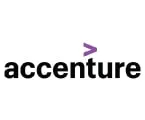
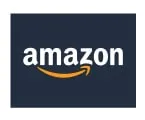
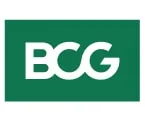
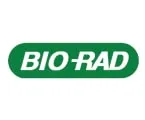
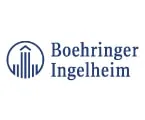
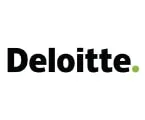
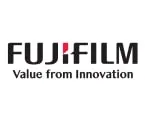
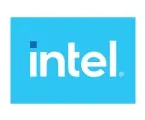
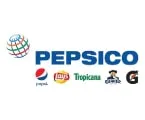
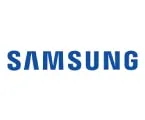
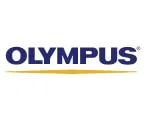
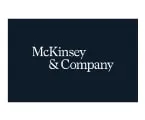
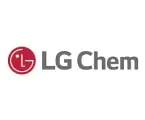
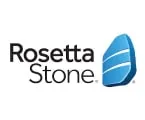
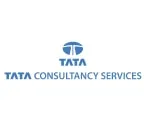
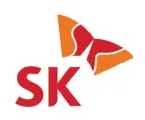
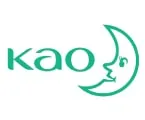
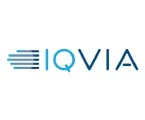
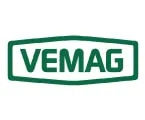
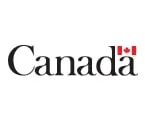
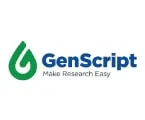
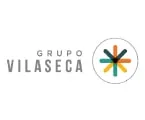
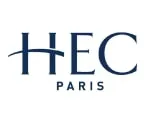
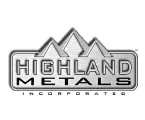
Published Date: Jan-2025
Published Date: Jan-2025
Published Date: Feb-2024
Please enter your corporate email id here to view sample report.
Subscribe to get the latest industry updates